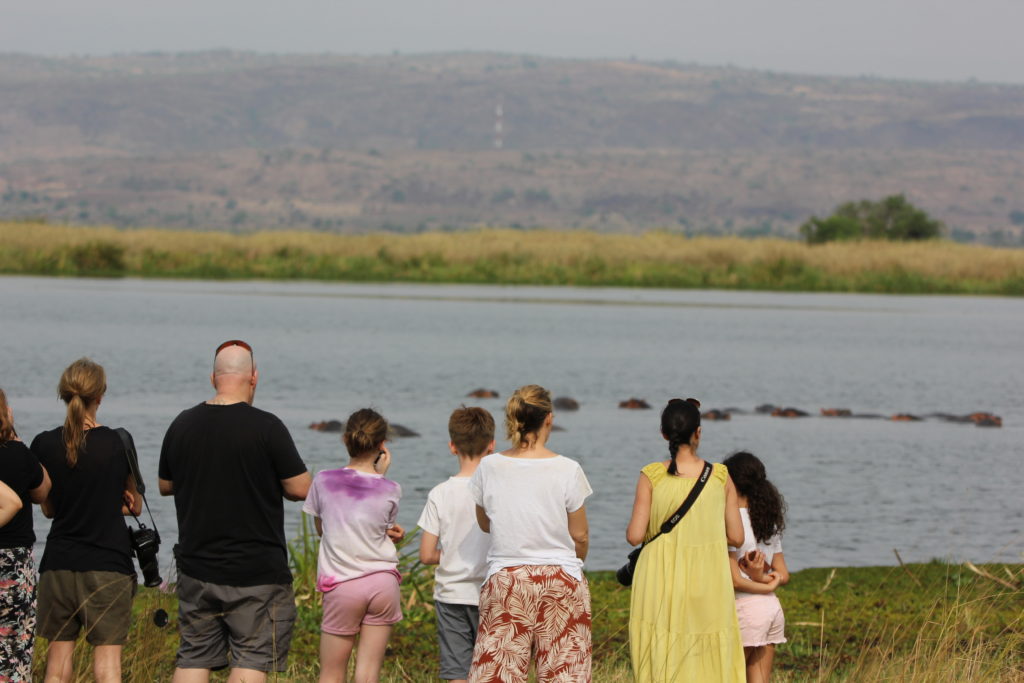
The advent of COVID-19 left the tourism sector and many travelers across the world in uncertainties. These, if not linked to dynamics around the travel planning time are definitely about costs and restrictions. This is because many airports and travel destinations closed around the world leaving many with the questions of when and how. Uganda for example closed its airport and wildlife protected areas in March. But as of today, if you are an adventurer or traveler to Africa, and particularly Uganda, there are a number of things to be happy about! These include the following:
Opening of the airport.
In March, the airports were closed as a measure to stop the spread of the pandemic and to prevent importing the infection into the country. However, continuous discussions with various stakeholders have in the end yielded results as anticipations and preparations to open the airport by 1st October this year are underway. The Uganda Civil Aviation Authority (UCAA) has issued a tentative schedule of passenger flights that will fly into Uganda as Entebbe International airport braces for reopening on October 1 after nearly seven months of closure over COVID-19.
The list issued by Eng Sooma Ayub, the Director of Airports and Aviation Security, on Tuesday, 08 September 2020, is for the next three months. It includes flights from major airliners such as Qatar Airways, Turkish Airlines, Ethiopia Airways, Kenya Airways, Rwanda Air and Uganda Airlines. The flights will be from places such as Doha, Amsterdam, Addis Ababa, Juba, Kigali and Nairobi.
This proposal was sent to President Museveni for final consideration and approval.
Opening of the primate parks.
As a measure to control the spread of the COVID-19 pandemic, a number of measures were put in play because of which all national parks were closed. As more studies were done, other parks were opened with certain guidelines and SOPs with the exception of primate parks. This happened on 5th June, 2020 when the Uganda Wildlife Authority (UWA) issued a public statement about the partial re-opening of wildlife protected areas. The Uganda Wildlife Authority further noted that the primate parks would remain closed since primates are also susceptible to infection. These primate parks include Bwindi Impenetrable National Park which is home to the mountain gorillas and chimpanzees, Mgahinga National park which harbours the mountain gorillas and golden monkeys as well as Kibale National Park which hosts 13 primate species that include over 1500 chimpanzees. The closure could be attributed to the mode of transmission of the infection that would pose a risk of transmission from humans to the wildlife primates since the dual share a whole lot in common; chimps share 98.7 of the human DNA whereas the mountain gorillas share 97 of the human DNA. Because of such risks and uncertainties, the primate parks were kept closed, lest transmission to the wildlife occurs.
However, after more studies and discussions, primate parks were also declared opened but under strict standard operating procedures and guidelines. The re-opening of primate parks implies that all national parks are currently open. Some of the SOPs set by UWA include the following:
- Mandatory temperature screening at all entries and briefing points of national parks.
- Wearing a face mask, observing social distancing and mandatory handwashing and sanitizing for all visitors.
- All tourists going for primate trekking activities should carry at least two N95 masks or surgical masks or double-layered cloth masks with filters.
- Saloon car vehicles will not be allowed in protected areas while other vehicles will only be allowed to carry half capacity.
- Briefing will be done in small groups of 8 after tourists have been assigned families for tracking.
- A maximum of 8 people will be allowed to track the gorillas
- A maximum of 6 people will be allowed to track the chimps.
- The tourists should maintain a distance of 10 metres away from the chimps and gorillas during trekking.
- Where practical, the UWA guide shall ensure a social distance of 2 meters among the group members during the trek.
- The trekkers shall carry light equipment to reduce on the need for porters.
- Tourists shall sanitize their hands again before viewing the chimps or gorillas starts.
- Tourists, staff and porters who are observed to be sick or having the COVID-19 signs or symptoms during the briefing session shall not be allowed to track. Such signs include having flue, diarrhea, malaria and stomach upsets among others.
- Due to the reported side effects of wearing a mask for long periods of time and in high altitudes, trekkers shall take frequent breaks during the trek to breathe in fresh air. During these breaks, there will be strict observation of social distancing measures.
- In case a trekker or any other person on the team experiences a health-related issue, the established first aid and evacuation guidelines will be undertaken by UWA staff.
- Visitors going to the park are encouraged to take their own sanitizer.
There are other places in Uganda where chimpanzee Trekking takes place:
These include the Budongo Forest and the Kalinzu Forest. However, these are under the National Forestry Agency and not the Uganda Wildlife Authority. Therefore, visitors await SOPs from the administration of these areas.
In other news, the number of gorillas in the world has increased. This has followed the recent birth of two baby gorillas in Bwindi Impenetrable National Park from the Oruzogo mountain gorilla group. Although the sex of the newly borns is yet to be established, it has already been proven that they were given birth to by two different mothers; Birungi and Mutesi.
Since the January of this year, seven gorillas have been born in Bwindi Impenetrable National Park. 5 of these were born between 22 July and 31st August.

